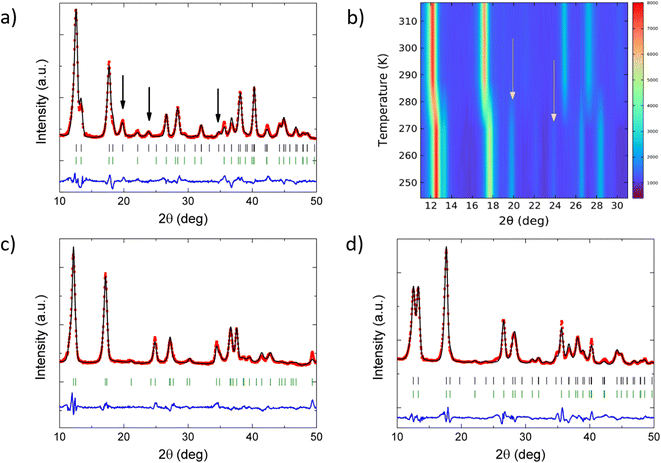 Open Access Article
Open Access ArticleCreative Commons Attribution 3.0 Unported Licence
Correction: Hidden ordered structure in the archetypical Fe(pyrazine)[Pt(CN)4] spin-crossover porous coordination compound
Ángel
Fernández-Blanco
ab,
Lorenzo A.
Mariano
b,
Lucía
Piñeiro-López
c,
José Antonio
Real
 d,
Jose Sanchez
Costa
d,
Jose Sanchez
Costa
 c,
Roberta
Poloni
c,
Roberta
Poloni
 *b and
J. Alberto
Rodríguez-Velamazán
*b and
J. Alberto
Rodríguez-Velamazán
 *a
*a
aInstitut Laue Langevin, 71 Avenue des Martyrs, CS 20156-38042, Grenoble, France. E-mail: velamazan@ill.eu
bUniv. Grenoble Alpes, SIMaP, Grenoble-INP, CNRS, F-38042, Grenoble, France. E-mail: roberta.poloni@grenoble-inp.fr
cIMDEA Nanociencia, Faraday 9, Ciudad Universitaria de Cantoblanco, 28049, Madrid, Spain
dDepartamento de Química Inorgánica, Insituto de Ciencia Molecular (ICMol), Universidad de Valencia, 46980, Paterna, Spain
First published on 3rd November 2022
Abstract
Correction for ‘Hidden ordered structure in the archetypical Fe(pyrazine)[Pt(CN)4] spin-crossover porous coordination compound’ by Ángel Fernández-Blanco et al., CrystEngComm, 2022, 24, 6349–6356, https://doi.org/10.1039/D2CE00895E.
The authors regret that the neutron diffraction pattern shown in Fig. 3C was duplicated in Fig. 3D in the original article. The correct version of Fig. 3 is shown below.
The Royal Society of Chemistry apologises for these errors and any consequent inconvenience to authors and readers.
| This journal is © The Royal Society of Chemistry 2022 |

